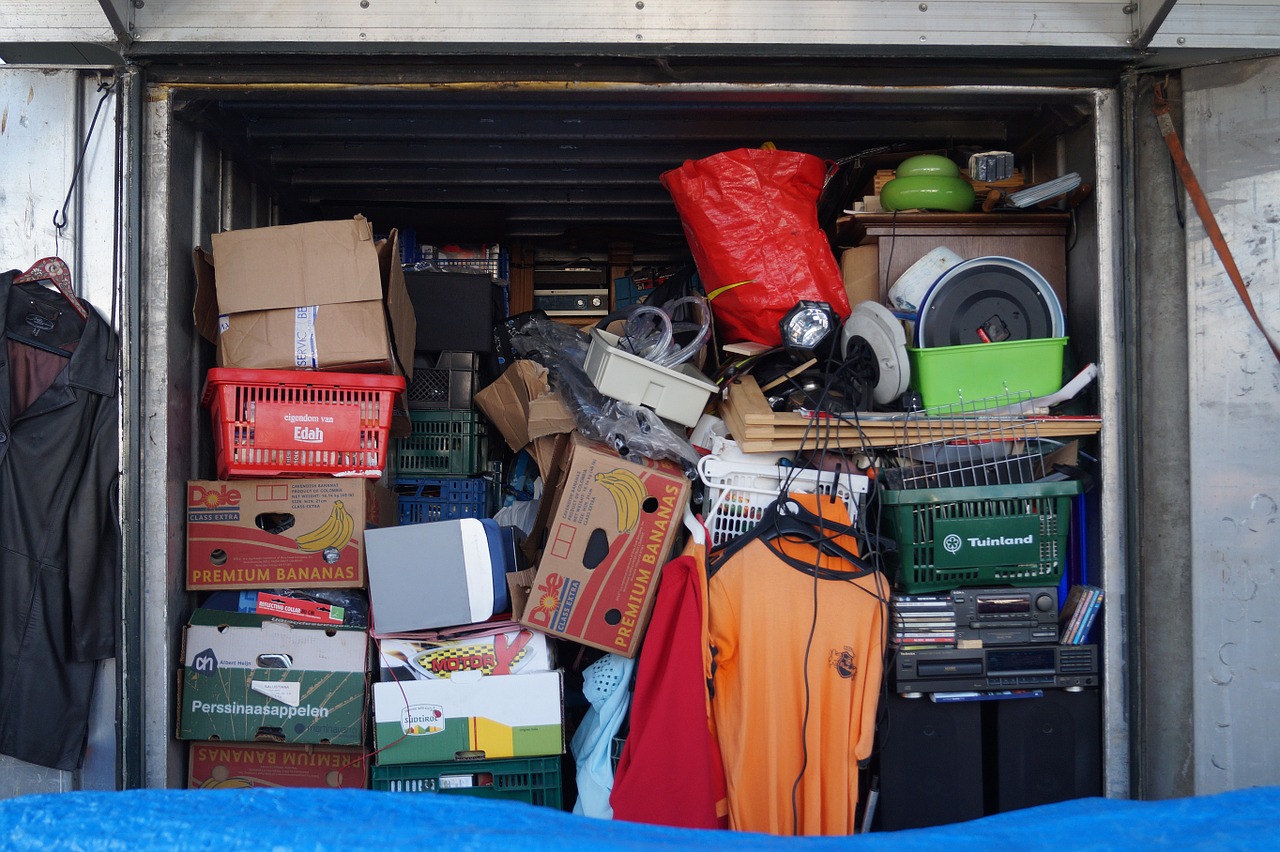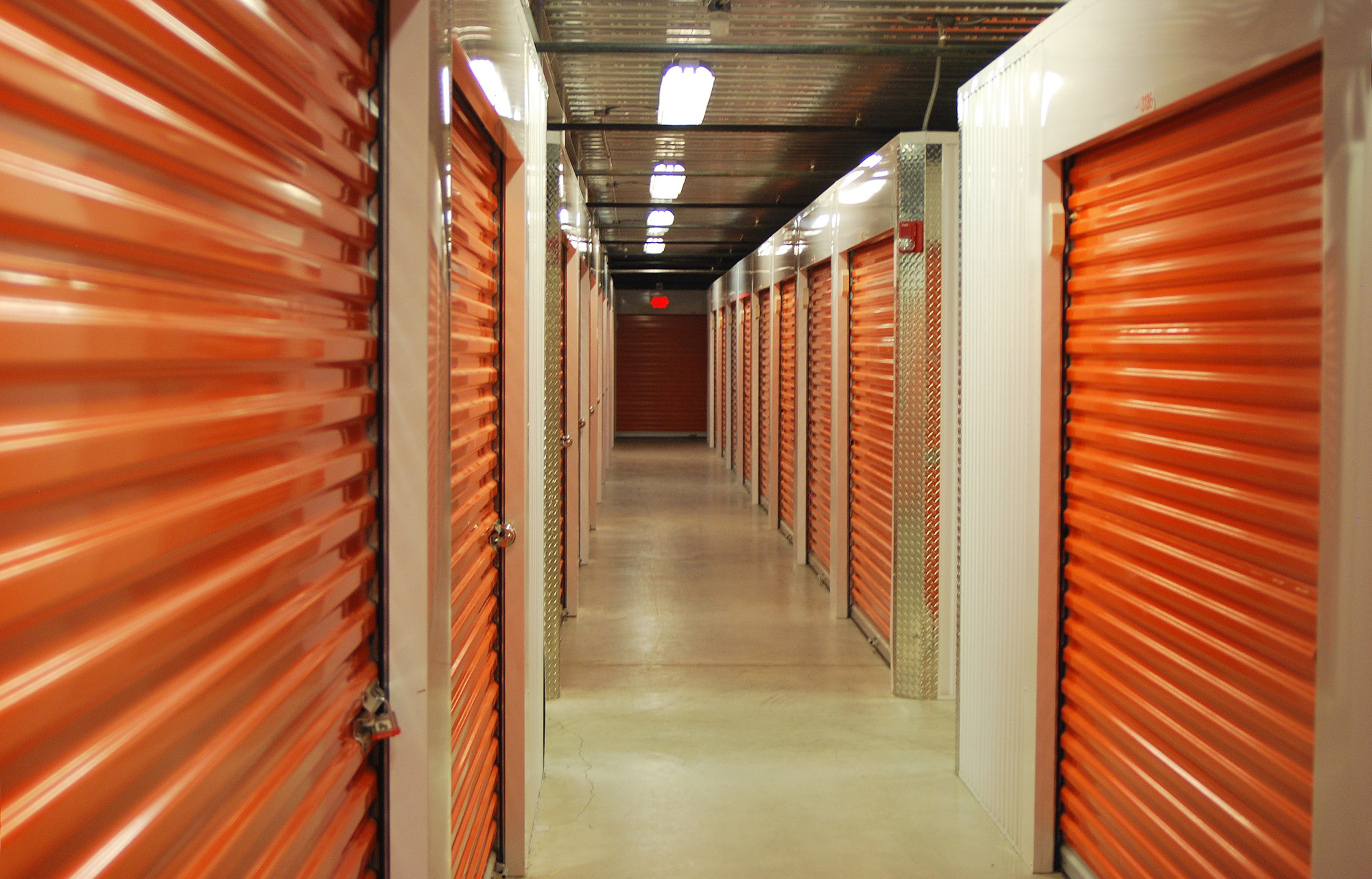Real estate includes several types of investments. The amount you invest and the risk tolerance you have can determine the best option for you. Since the 1960s, many investors have decided to diversify their assets and investment portfolios with new market opportunities such as self-storage. Investing in self-storage brings huge income potential as its market is growing.
Self-storage is used by people and businesses to safely store all kinds of goods/materials, vehicles, etc. They play an essential role in the lives of Americans due to the major need for secure places to store household goods.
Most importantly, at the beginning of your investment journey, you don’t need to spend a lot of money on construction. Storage facilities are cheaper than apartments/houses. Investments can be undertaken with a small amount of money to buy a storage place and gradually develop it.
Self-storage can be an excellent investment choice. The data available on this sector supports the supposition that investments in this field have the potential for massive revenue. Also, short-term leases (often month-by-month) make self-storage a super-efficient investment choice.
Real estate investors are always on the prowl to multiply and enhance their investment with lucrative ventures. They seek a sector that is growing and has the potential for unlimited development. The rapid growth of the self-storage industry has made this investment an optimum choice.
Why Should You Invest in Self-Storage?
Many real estate investors prefer to have a diversified portfolio with an asset class option, and self-storage is a great choice for that. One of the reasons why self-storage is popular with financial advisors is the large income in this sector. Statistics reveal that the self-storage industry generates $39 billion annually. This massive amount of money is made through the 9.4% of households who need to rent a place to store their goods. And those who are downsizing their living places will increase the number of self-storage users in the future.
Another reason to consider this type of investment is that storing goods/vehicles does not require substantial construction on your property. No one resides on your property, and there are a lot fewer reasons to worry. In contrast, a rented house requires maintenance, reconstruction costs, etc. This kind of part-time management and low maintenance costs make it easier to deal with, especially if the initial investment is with a small amount of money to run a mom-and-pop business.

Basics of the Self-Storage Market
Someone owns a property and allows others to use the facility to store their goods there for a fee. These rentable spaces are by unit and can be rented out on a monthly basis. They typically range from small to very large, in line with customer requirements.
The exact type of unit you’ll market depends on who you’re catering to: would your ideal client want a climate-controlled space to store their art, or would they be a family who just needs a basic unit to keep their stuff for a bit while they’re moving? Knowing who you want as your customers is crucial in deciding what type of unit to buy or develop.
As an investor, no matter big or small, you can invest in these facilities. Everything is based on the lease, and you can change the terms of the lease contract every month. This gives you the opportunity to modify prices from month to month. Standard real estate contracts don’t apply in the self-storage market.
To start a small investment in the self-storage industry, you can rent out your facility or work on alternatives by purchasing shares in self-storage investments. There are various ways, both active and passive, to participate in self-storage investments.
Drawbacks of Self-Storage Investing
Even with all the benefits of self-storage investment, you may face some challenges in this type of investment. They might be the consequence of your business model, and there is generally a practical solution to those problems by changing your methods. You need to shift gear by trying alternative strategies to avoid such issues.
Clients can be problematic at times, and you need to manage everything with calmness and a concise strategy. In some instances, your client is in dire straits and is facing a stressful situation, and that’s why they need your services. They might have trouble paying their rent. You need to deploy wise management methods to handle the situation.
Moreover, when faced with competitors who are able to provide customers with affordable storage spaces in an ideal location (like the city center), you need to develop a profound understanding of the local market that clarifies your situation as well as competition in order to thrive and make your investment a success.
Types of Self-Storage Facilities
The style and size of construction categorize self-storage facilities. Some investors prefer to buy purpose-built facilities, especially-constructed to be a storage. However, you can also shift the primary usage of a place into self-storage.
In general, any type of structure of any scale/usage can be transformed into a storage center. However, there are pros and cons to consider for each structure. Some of those facilities are described here:
Outdoor/Drive-Up
Outdoor or drive-up storage is the most typical/common. There is a row of small buildings with simple doors that roll upward and lets you have full access to your unit. These buildings are the cheapest storage facilities.
The best thing about outdoor storage facilities is that maintenance and staffing don’t require a considerable amount of money. They are easy to use, and most people who need to store their goods utilize these storage facilities.
Storage centers that provide drive-up units protect their facilities with video cameras and coded gates. In some cases, to enhance the security level, security guards are deployed.
Climate-Controlled Storage
Heat, cold, and extreme humidity are harmful to some stored goods. They need to be protected against the impact of climatic changes, and the best way to do that is in climate-controlled storage units. These storage centers are growing rapidly.
No one would store their property in a place that isn’t safe. When storing documents, expensive cars, furniture, and other important possessions, the storage space needs to be safe and secure.
Every niche in the market is considered in this type of self-storage facility; hence, they are more expensive by charging a premium.
Vehicle Storage
The self-storage industry is helping millions of people with varied needs and conditions. Even for those who have an extra vehicle such as a car, boat, or RV, the best option is self-storage facilities that provide vehicle storage. Safety is of paramount importance for vehicle parking location.
Vehicle storage is often provided with the same extra perks as in climate-controlled storage. Temperature-controlled units are provided so even the most expensive cars can be parked there safely long term. Every year, more and more people tend to use these facilities to protect their property. Harbors, racetracks, and airports are places where vehicle storage is extremely necessary.

Mixed-Use Storage
Self-storage industry customers are everywhere, and their needs vary from one place to another. A growing trend in the storage industry is to try to fulfill these niches in the market, and the result is a combination of services. The impact of this growth is evident in the market.
One of the best things about real estate investments is when you can mix utilization. Perhaps an example can further clarify the concept. Imagine a self-storage facility with easy access for clients working nearby who need their stuff frequently, or in industrial areas where all the staff are immigrants and there are limitations on their accommodation. Mixed-use storage is the answer.
If you want to invest in the real estate industry, there are many agencies that can inspire you. Self-storage facilities, especially mixed-use storage, are a great option for you to consider.
How to Invest in Self-Storage
Storage REITs
REITs, or real estate investment trusts, are one of the best ways to invest your money in self-storage. Investing your money in shares of these firms allows mutual funds to handle/develop the investment and avoids additional risks (directly owning and managing, etc.). In return, REITs give shareholders at least 90 percent of their income per year. A very good level of risk tolerance makes REITs companies one of the safest ways to invest 100,000 dollars.
If you like to diversify your portfolio with various types of investments and don’t want to participate in the managing part, self-storage REITs can help you start investing in publicly traded companies with mutual funds. Also, the liquidity of this type of investment enables you to buy and sell your shares whenever you need to. This way, you don’t own storage; you just make money off it via the stock exchange.

Active Participation in Self-Storage
When the self-storage sector got off the ground, it was more of a mom-and-pop kind of business. It is still a great opportunity for those who want to get involved in investments, whether by developing a self-storage facility or purchasing an existing one.
Developing a Self-Storage Facility
If a self-storage investor has sufficient experience/knowledge, developing a self-storage facility can be extremely efficient and lucrative. You need an expert group of laborers and proper financial support. With expertise, you can use the resources at hand to build an optimal self-storage facility.
The better your storage looks aesthetically, the more money you are likely to rake in. Any kind of modern facility you develop increases your services’ price and attracts a more specific group of clients. You offer a valued service; the customer pays more! That’s how it works.
To develop a self-storage facility, you need to be fully informed about local zoning details, municipality permits, etc. Construction must adhere to established standards, and before you decide on the development procedure, you need to be fully on top of how to manage costs, rate of return, etc. There is no mutual fund. It is all on you. It is up to you to make it work by lowering costs and maximizing profits, but by doing so, you can make more money than if you went in on the investment with a group.
Purchasing an Existing Self-Storage Facility
While developing a self-storage facility is an excellent option for investors to start their investment journey, purchasing an existing one is also a way to build a significant income potential. The first step is to find a proper facility to buy. That is the easiest step.
It is possible to find a facility online. The best websites that provide such services make sure that all details are available to help you establish a self-storage facility. There are various options available, such as SelfstorageInvesting, Sparefoot, and Neighbor. So make certain to choose wisely based on your priorities.
To achieve a high return in self-storage investments, it is vital to analyze the financial scenarios of a facility. When you want to purchase a self-storage facility, the cap rate of the facility you are buying, related to the property’s net operating income (NOI), determines the rate of return on investment.
An investor requires various details (revenues, expenses, etc.) to come up with an accurate net operating income of a property. The cash flow that your new facility produces is called NOL. Facilities with higher cap rates have higher rates of return on investment. You must also forecast the budget you require for operating the self-storage facility.
The Best Investment for $100,000
Now the question is, how should you invest $100,000 dollars in self-storage? When it comes to real estate, the amount of money you need depends on the business. One hundred thousand dollars may seem like nothing in a massive project, but in self-storage, everything is different.
First of all, participating in any kind of self-storage investment needs less money than constructing a complete structure/building. Storage spaces are mostly basic construction and cheaper than commercial real estate. Also, you don’t need a lot of money for maintenance; hence, it is easier and cheaper.
Secondly, one of the best options for those who want to invest $100,000 in self-storage continues to be REITs. As we said, this option gives you the opportunity to be an investor and not be involved with the process, management, etc.
Is $100,000 Enough?
If you want to pull the trigger, yes! It is enough, and you can start your investment journey.
The real estate market and especially the self-storage sector have changed for investors in the recent past. They are no longer for the super-rich. With modern tactics and up-to-date real estate investment methods, it is even possible for students to enter this field. What about $100,000? Of course, that’s enough. We will provide you with some guidance on how to invest 100,000 dollars in self-storage.
Your Cash Flow
In the self-storage industry, your first need as an investor is cash flow. Most investors financially manage their facilities. Cash flow is there to expand their operations and develop properties. When you invest in self-storage (at any scale), you will frequently need credit. If credit is available to you, you should jump in.
Cash flow is necessary to manage investments as well as for not missing out on any profitable property opportunity that may come along. Every time you are about to deal with your clients, analyze your preceding cash flow situation.

Occupancy Information
Occupancy in the self-storage industry consists of economic and physical occupancy. The actual number of storage units that are occupied by tenants is called physical occupancy, and the actual income the property generates is called economic occupancy.
You need an authentic method for pricing each type of occupancy, and that would be possible only with proper data about these technical aspects. However, investing in the self-storage sector with REITs does not require a profound mastery of information analysis.
Market Analysis
Analyze the market before investing in self-storage. The local market you are investing in needs to be growing and profitable. To understand whether it is profitable or not, you can obtain reliable data on average home sizes, rental rates, etc.
A simple tip: If there are a lot of small houses in a town, it is a telltale sign that demonstrates there is an opportunity for a self-storage investment. Small houses mean a large percentage of people in that town require proper storage spaces for their stuff. You should analyze the market, put the numbers together, and make a decisive decision.
Competition
Understand your competition. No one embarks on a new endeavor without knowing all about his/her competitors. If you want to start your investment where big companies and REITs are actively working, then the outcome is obvious. You will likely not succeed, and there is very little market for you.
Don’t forget that you don’t have to be a big-time investor or have a lot of money to have success in the market. However, you must know your competitors and attempt to apply a proper strategy that works for you. It’s not about comparing numbers but about strategizing to get customers to come to you.
A Takeaway Note
The optimum way to invest $100,000 in the self-storage sector is to understand the market and learn how to manage it. Make your best decision, and try to have a profound comprehension of what you are about to do. Can you handle competing with big investors? Do you want to let REIT companies do the management? Whatever your answer is, there is no ideal way to do that. Even $100k can start this journey for you. To keep yourself updated about how to invest $100,000, register for Self Storage Investing’s FREE Masterclass.





